Subscribe to our newsletter to find out about all the news and promotions, and automatically receive a welcome discount coupon in your email.
 Nutrition is a key factor in achieving the best performance in endurance sports such as cycling. Roger Egea, product manager of Retto.com, explains thatlimeBeing well before, during and after exercise is essential. Below he gives some keys on how to improve the nutrition of the cyclist and presents the different supplements that can help us.
Nutrition is a key factor in achieving the best performance in endurance sports such as cycling. Roger Egea, product manager of Retto.com, explains thatlimeBeing well before, during and after exercise is essential. Below he gives some keys on how to improve the nutrition of the cyclist and presents the different supplements that can help us.
As indicated, the diet of any endurance athlete is based on the intake of carbohydrates (50%), fats (20%) and proteins (10-15%); the rest of the diet is completed by sugars, mineral salts, etc. Fats provide basic energy, while carbohydrates, once converted into glucose, provide energy of better quality and faster consumption. Proteins do not provide energy as such, but rather help muscle regeneration and are therefore important in recovery.
How many calories do I eat and how do I get back?
A professional cyclist on a hot stage of the Tour can expend between 7.000 and 10.000 calories a day and countless mineral salts, instead of the 2.000 that a 'normal' man consumes on average. This disproportion must be compensated with huge amounts of pasta, which provides carbohydrates, meat, which provides proteins to restore muscles, and iron to promote the production of red blood cells, responsible for oxygenating the muscles. Red meat is rarely eaten as it takes too much energy to digest it. The very high energy consumption means that they practically never manage to supply what they spend and cyclists end up losing weight, between two and four kilos per stage.
Therefore it is very important to complement this diet with products tolimeNutrients specially conceived and synthesized to offer the body what it needs to maintain and improve its performance.
isotonic drinks
Calls tolimento liquid, they are basic: they prevent dehydration by providing the mineral salts and electrolytes that the body loses during exercise. Its intake must be continuous to avoid "birds" (a drink every 15 or 20 ''), especially on hot days, and you should never wait until you feel very thirsty to drink. It is recommended to start drinking before exercise and continue at the end to gradually regenerate the levels left on the route.
 Bars, gels and gummies
Bars, gels and gummies
To be taken before and during exercise. They provide carbohydrates and being alimento solid, they are slow assimilation; must first be digested. Therefore, it is usually advisable to eat these bars before the sensation of hunger assails us, as a precautionary measure. Even so, they also serve to avoid the feeling of stomach emptiness during very long workouts and keep our glucose level constant.
For their part, semi-liquid gels are very rich in sugars, glucose and carbohydrates. They are used only during exercise and are absorbed faster. It would be ideal to take it in several doses to avoid peaks of "insulin" in the blood and always accompanying it with liquid to promote its transport and assimilation. They are used at specific times and their effect is usually short-lived. They are ideal in short and intense exercises (below two hours). They exist with an extra caffeine, most used in the final moments.
As for jellies, recently in fashion, it is an intermediate product between bars and gels. They provide carbohydrates and sugars but, being soft, they hardly need to be chewed and are ideal for those who find it difficult to eat solid foods during exercise. They are easier to assimilate.
Reclaimers
They are very important for those who compete in a stage race or who do intensive or very regular training. They provide proteins that help muscle regeneration. They should be taken immediately after exercise. Although they are normally presented in a “powder” format to mix with water, they also exist in a stick format with various flavors.
How to avoid ramps
If despite having a correct training, having done warming up and stretching you suffer from ramps, it is probably because the muscle is dehydrated, so it is very important to drink water during the day (about 2,5 liters) and constantly isotonic during training. It also helps a lot to use potassium supplements (eg banana), mineral salts and magnesium (also offered in bottle format).
Source: cmdsport
Other entries that they may interest you.
42K · All rights reserved
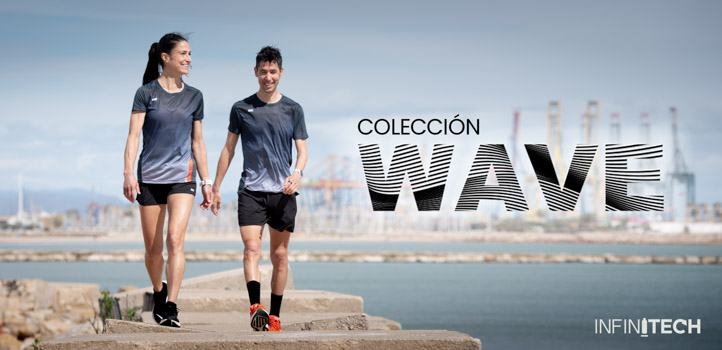
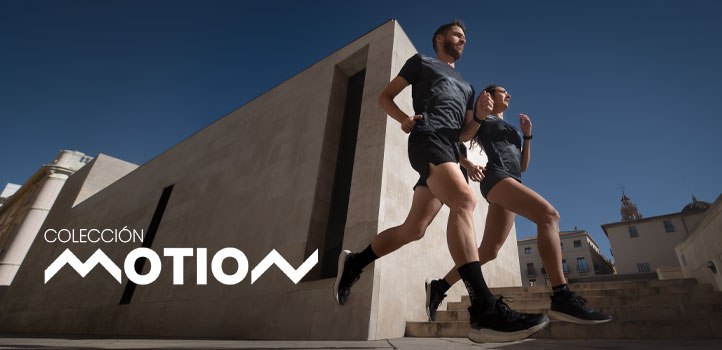

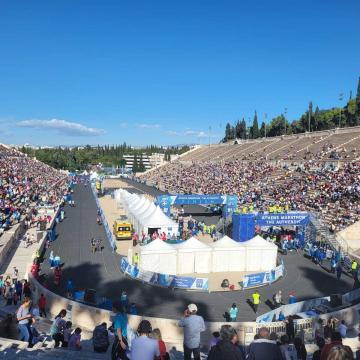


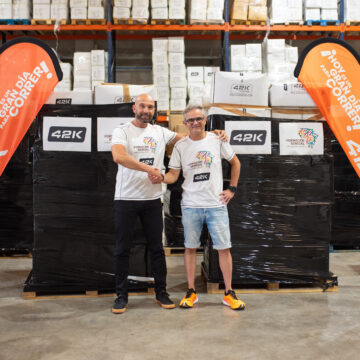
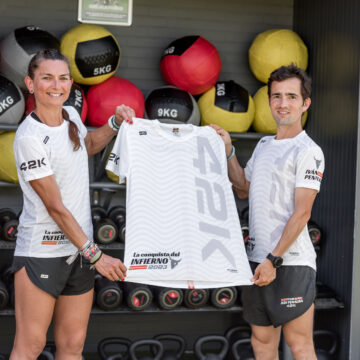


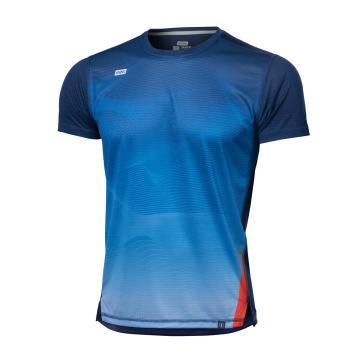
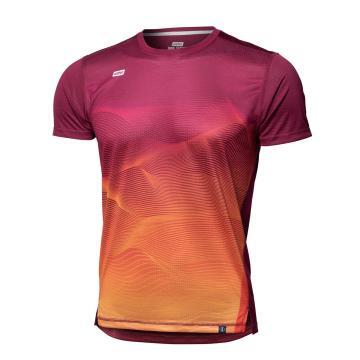
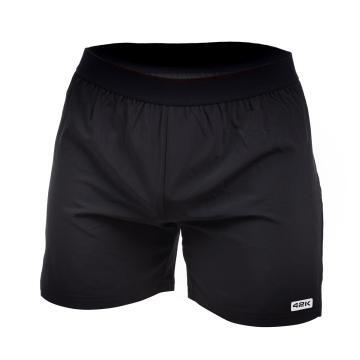
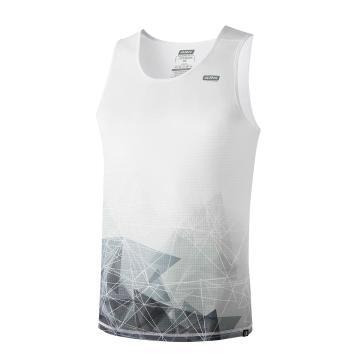
Comments
Post a first comment for this entry!